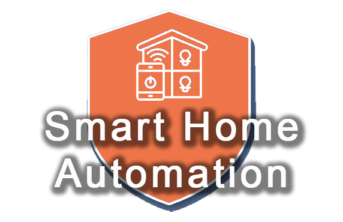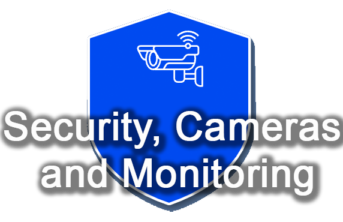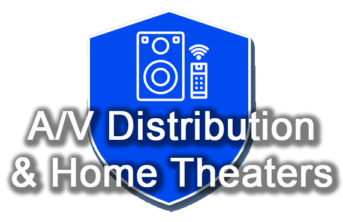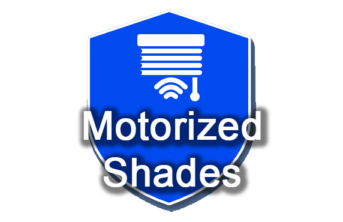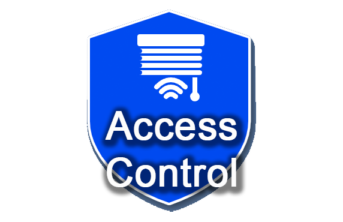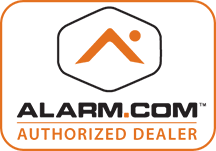INTRODUCING
MOTORIZED SHADES
- Convenient control over natural light and privacy in your home with the touch of a button, eliminating the need for manual adjustments.
- Improve energy efficiency by allowing you to regulate sunlight entering your space, potentially reducing heating and cooling costs.
- Enhance safety by removing dangerous cords and protect furniture and belongings from sun damage.
- Motorized shades can increase the value of your home, especially if you plan to sell in the future.
HOME MANAGEMENT
Home automation is the process of controlling and monitoring various aspects of your home, such as lighting, heating, security, and entertainment, through the use of automated technology. This includes smart devices like thermostats, cameras, and speakers, that can be controlled remotely via a smartphone or voice commands. With home automation, you can schedule and customize settings to fit your lifestyle and preferences, creating a more efficient and convenient living environment. Additionally, home automation can provide added security and peace of mind by allowing you to monitor your home from anywhere in the world.
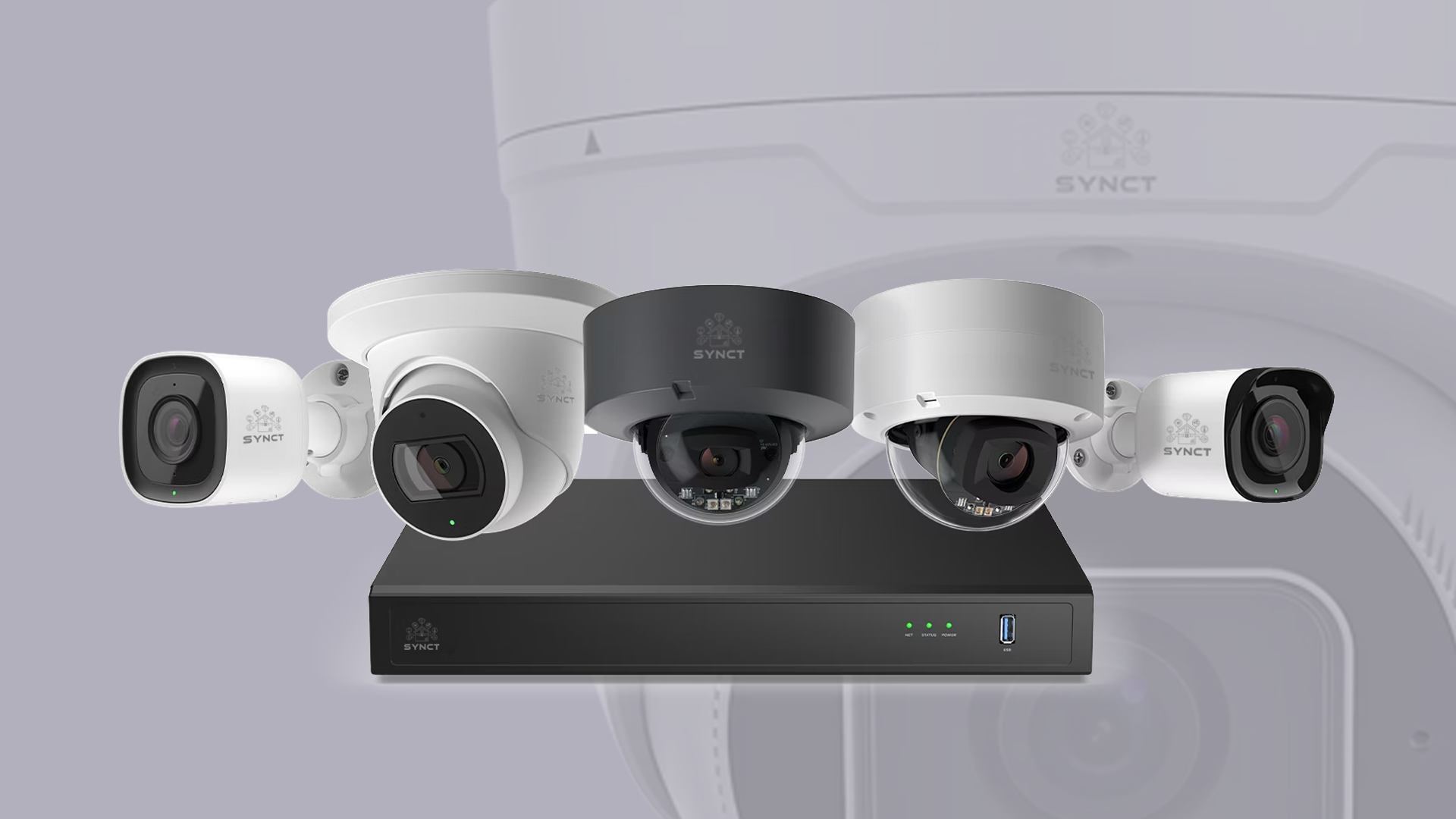
AI-Based Cameras
AI-based cameras with home automation use advanced algorithms for smart monitoring and control of home security, lighting, temperature, and other systems. They detect events like motion or facial recognition to trigger actions such as alerts, turning on lights, or adjusting the thermostat, and other systems

Smart Security
A smart security home integrates devices and sensors for real-time monitoring and control of security, lighting, temperature, and more. Homeowners can adjust settings remotely via a mobile app or voice assistant, create routines like locking doors and turning off lights, and receive notifications of unexpected activity for a safer, more convenient living experience.

Energy Management
Energy management with home automation allows homeowners to remotely monitor and control their energy usage, enabling them to optimize their energy consumption and reduce their bills. Integrating smart devices and sensors, automate lighting, temperature, and appliance control, receive real-time energy usage data, monitor power outages and set schedules to optimize energy efficiency.
CENTRALIZED
AUDIO/VIDEO
Step into the future of entertainment with centralized audio-video systems! Control all your devices from one interface for seamless, high-quality experiences. Say goodbye to cluttered remotes and tangled wires – integrate everything from TVs to speakers into one cohesive setup. Enjoy effortless switching between media sources, optimized audio-video settings, and future-proof technology. Plus, enhance your space with discreet equipment and stay at the forefront of entertainment innovation. Upgrade to centralized AV for simplicity, sophistication, and endless possibilities!
HOME
AUTOMATION
OPTIONS
-
Touchscreens & Remotes
-
Centralized Control Panel
-
Smart & Colored Lighting
-
Climate Control
-
Security & Surveillance
-
Access Control
-
Motorized Shades
-
Audio/Video Solutions
SMART CONSULTATION.
Don’t just imagine your perfect home – let’s design it together.

